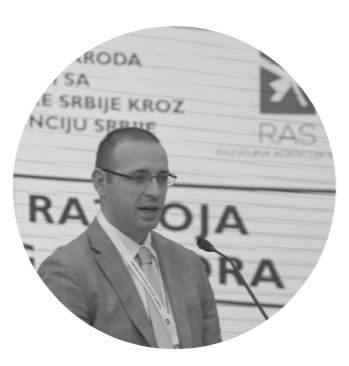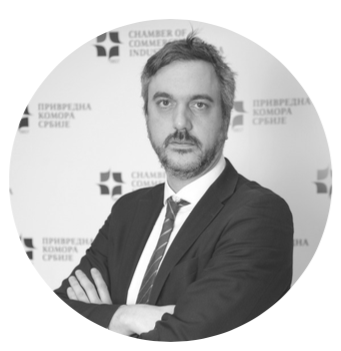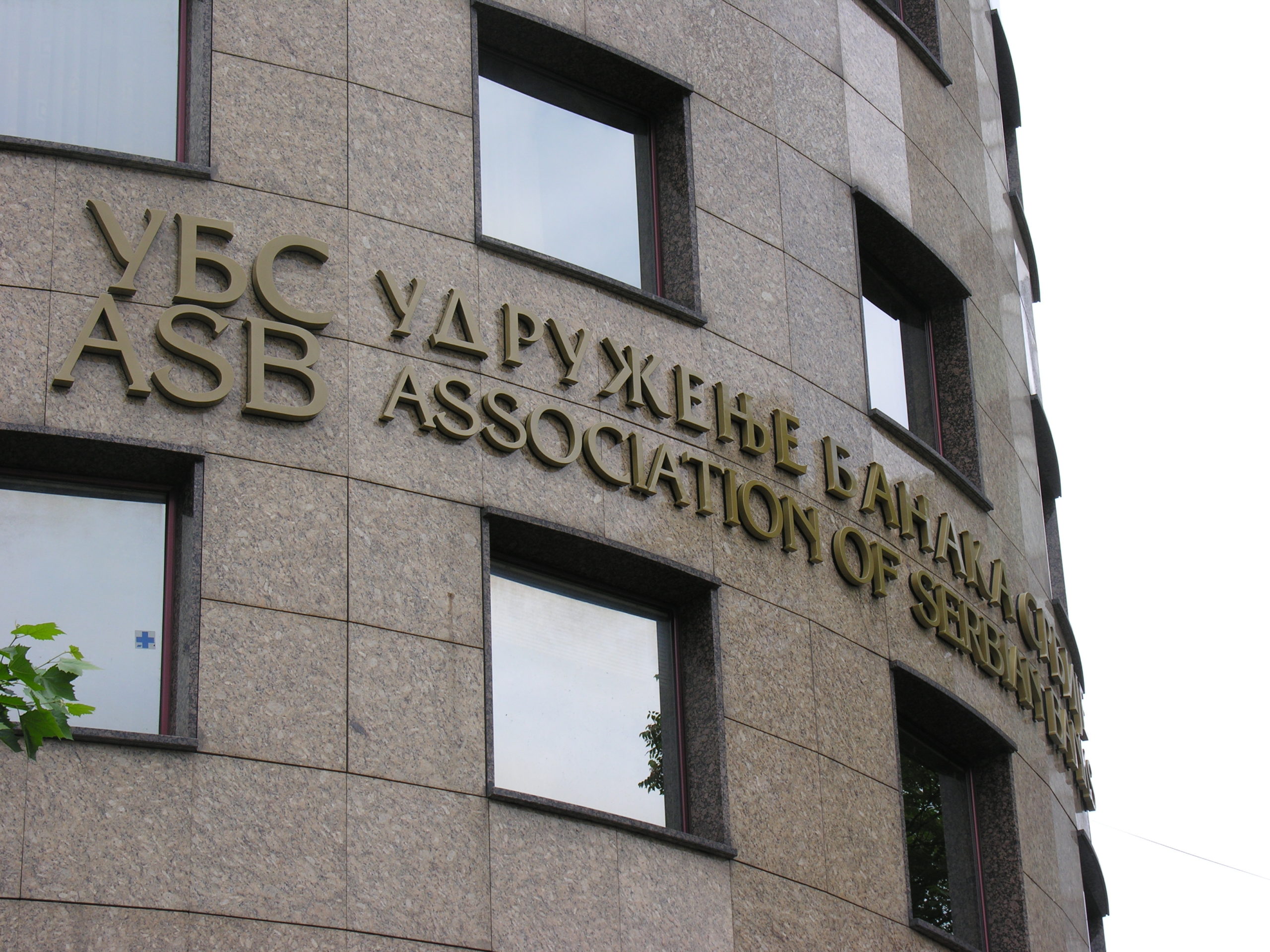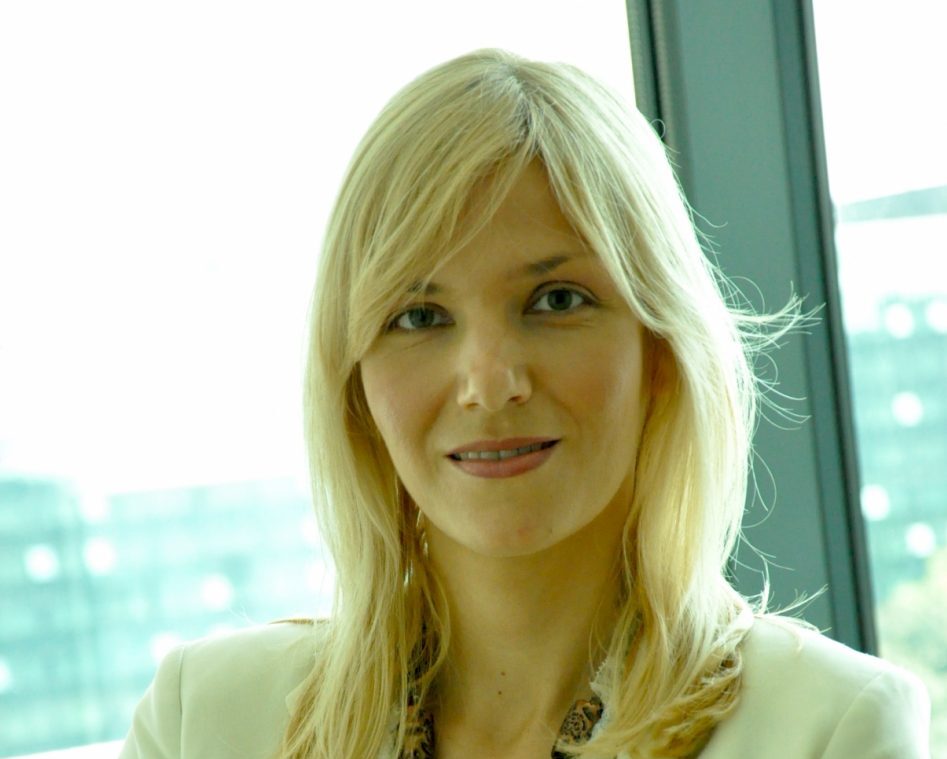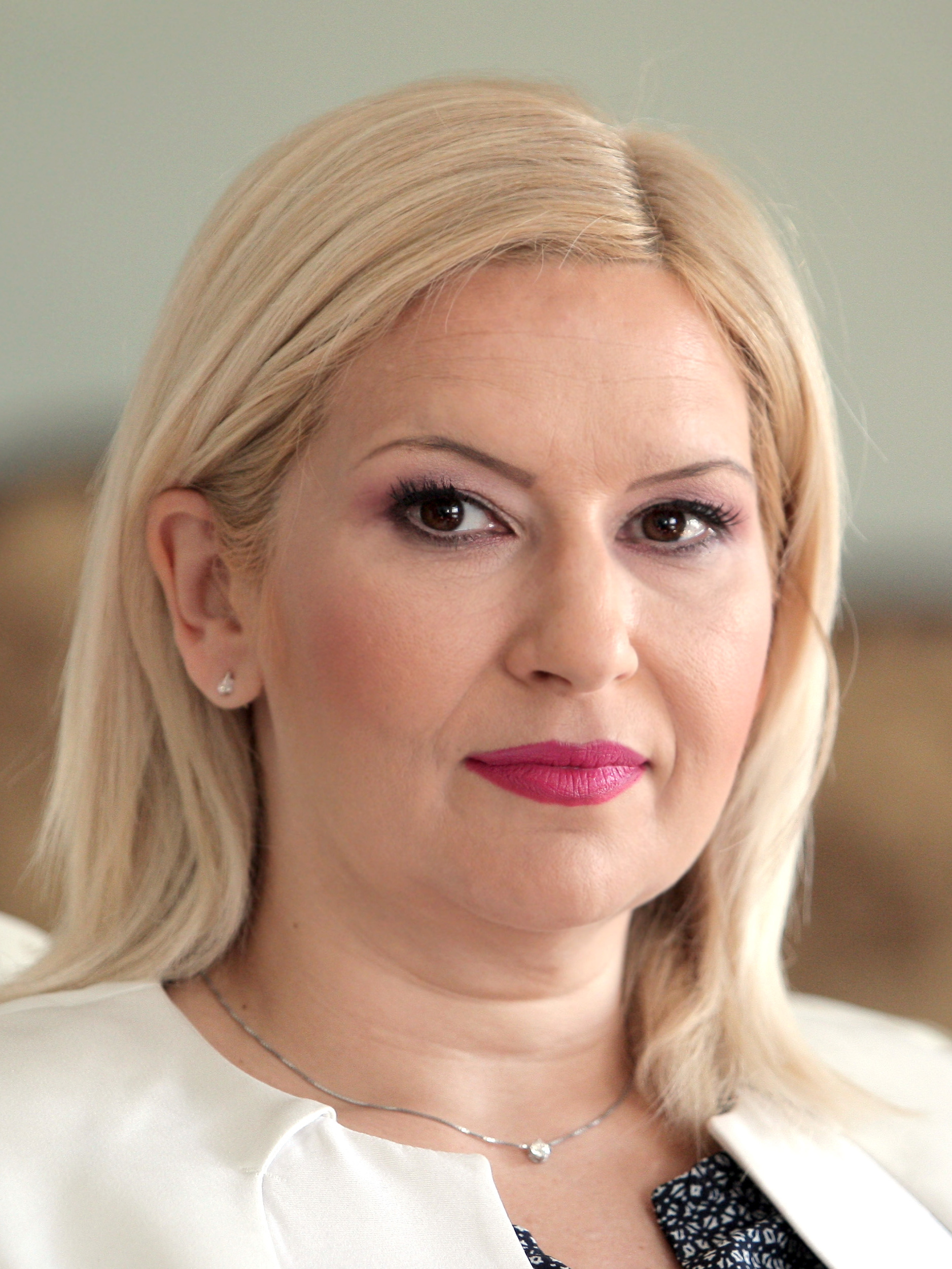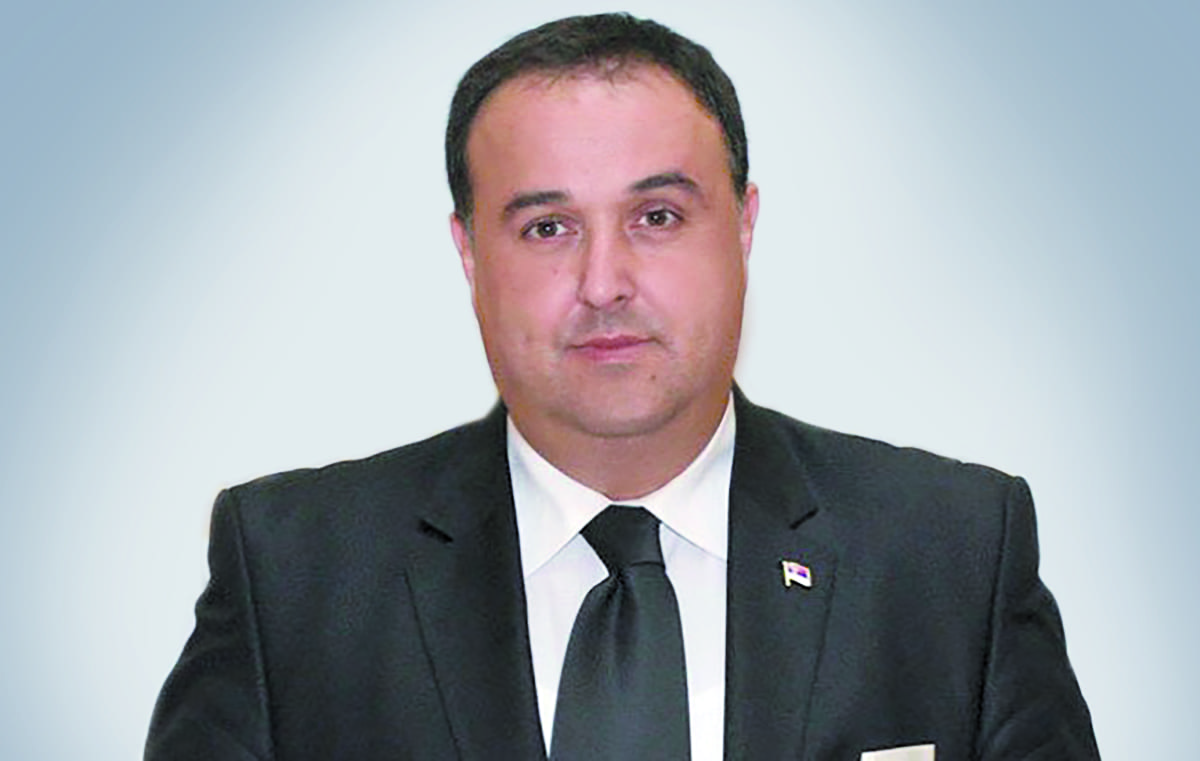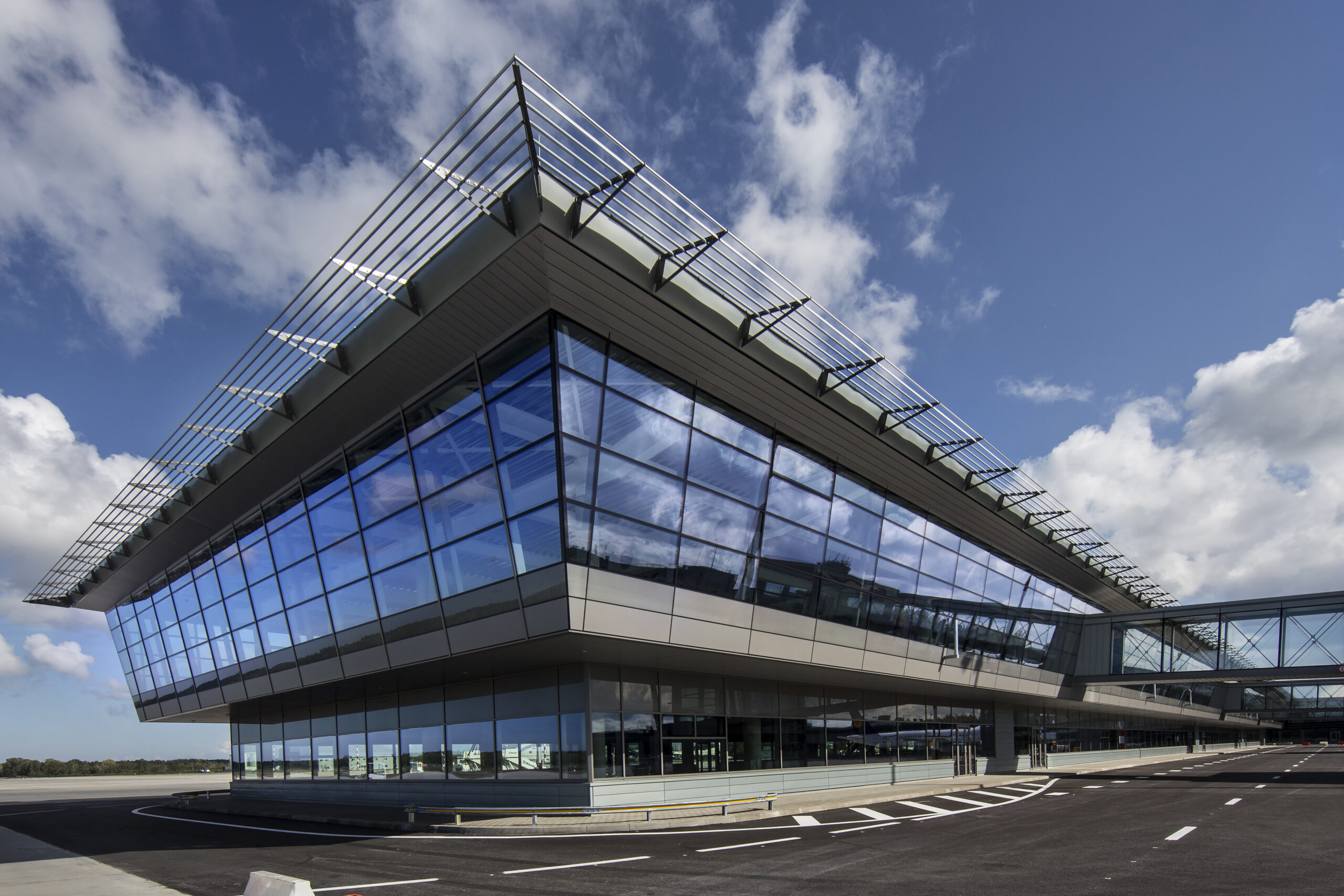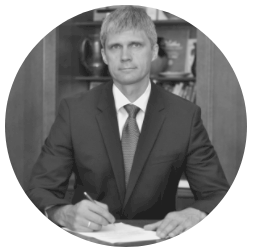
Bella, once a spirited cat chasing sunbeams and darting across garden paths, began to slow down. As she aged, something changed; she grew restless and irritable. Despite a constant appetite, she lost weight. Her once-glossy coat turned dull and matted. The culprit: feline hyperthyroidism, a common condition in older cats.
For her owner, the hardest part was the daily battle to administer a pill to help her feel better. Bella refused the pill, and the stress mounted for both of them. That’s when their veterinarian suggested a new alternative: Felanorm®, the first FDA-approved oral liquid treatment for feline hyperthyroidism, developed by Norbrook, a pharmaceutical company based in Northern Ireland.
Unlike traditional pills, Felanorm® blends seamlessly with food, making precise dosing easier and stress-free. Within weeks, Bella’s energy returned. Her coat softened. Her appetite normalized. And once again, she was found lounging in sunbeams, purring contentedly. Bella’s recovery is a testament to a growing movement happening across the Atlantic.
A Powerful Force in Life Sciences
While often recognized for its history and scenic coastlines, Northern Ireland is redefining itself as a global hub for life sciences innovation. With over 250 companies spanning pharmaceuticals, biotechnology, and diagnostics, the region is rapidly emerging as a center for medical and veterinary breakthroughs.
At the heart of this transformation are leading firms like Almac Group, Randox, and Norbrook. They are pioneering drug development, diagnostics, and veterinary medicine. Along with these key players, other strategic investments, R&D, and government-backed initiatives are fueling progress.
A Veterinary Powerhouse with Global Reach
Headquartered in Newry, Norbrook is one of Northern Ireland’s standout success stories. Founded in 1969 by the late Lord Ballyedmond, the company has grown into one of the world’s largest family-owned veterinary pharmaceutical firms. It now exports to over 120 countries, specializing in veterinary pharmaceutical treatments for both companion and farm animals.
Norbrook is dedicated to improving animal welfare by specializing in antibiotics, anti-inflammatory drugs, and parasite treatments for both livestock and companion animals.
The Growth of Pet Care

In recent years, global pet ownership has surged, especially in the US, where nearly 70% of households now include at least one animal companion. This shift has transformed veterinary medicine from a niche field into a fast-growing industry, driving demand for smarter, safer, and more user-friendly treatments. Companies like Norbrook are rising to meet that demand and bringing pharmaceutical rigor to the world of pet care.
Andrea Iucci, CEO of Norbrook, stressed how the company’s mission is rooted in accessibility. He joked, “Pets will eat anything, until you try to give them a tablet. Then they turn into dragons.”
He continued, “That’s why we focus on practical innovations, like Felanorm®. It’s not just effective for the animal. For hyperthyroidism, precise dosing is critical to balancing hormone levels. The problem with tablets is that cats don’t like them, and they can’t be easily adjusted for dosage. So, we introduced a palatable liquid form that can be mixed with food, making it easier for both veterinarians and pet owners to achieve the right dosage. This is where Norbrook can make the difference.”
He noted that Norbrook develops and manufactures 99% of its products in-house, delivering differentiated generic medications to the American market and allowing for greater quality control and affordability.
“We have secured more FDA approvals for bioequivalent products than most competitors. Norbrook is building a new category of differentiated generics. We rapidly innovate, embracing scientific progress while never compromising on safety. These are affordable treatments that are also easier to administer and more precisely dosed,” Iucci said.
Fast, Affordable Veterinary Innovation for Livestock
Norbrook’s reach extends far beyond domestic pets. The company also serves the agricultural sector, providing farmers with cutting-edge solutions for livestock health. In addition, Norbrook manufactures private-label products for global distributors, adding to its role as a behind-the-scenes engine of progress in veterinary medicine.
Iucci noted, “What sets us apart is that we serve both farm and companion animals, which is a rare capability. Additionally, we offer solutions under our own Norbrook brand while also manufacturing private-label products for major distributors.”
One of its recent successes is a rapid diagnostic test that allows farmers to detect infections on-site immediately, improving livestock health and reducing the spread of disease, while minimizing the need for costly lab analysis or vet visits.
“The test sold out in the UK within two weeks of launch. It’s a sign of just how much appetite there is for fast, affordable veterinary tools, especially in the livestock sector,” Iucci added.
High Quality Pharmaceutical Standards With Global Impact
Northern Ireland’s life sciences sector adheres to some of the highest regulatory standards in the world and surpasses those of major manufacturing centers like India and China. Its reputation for quality and reliability makes it a favored source for both human and animal health products.
For Norbrook, the commitment to excellence translates into real-world impact: fewer side effects, more precise treatments, and happier, healthier animals, like Bella, worldwide.

